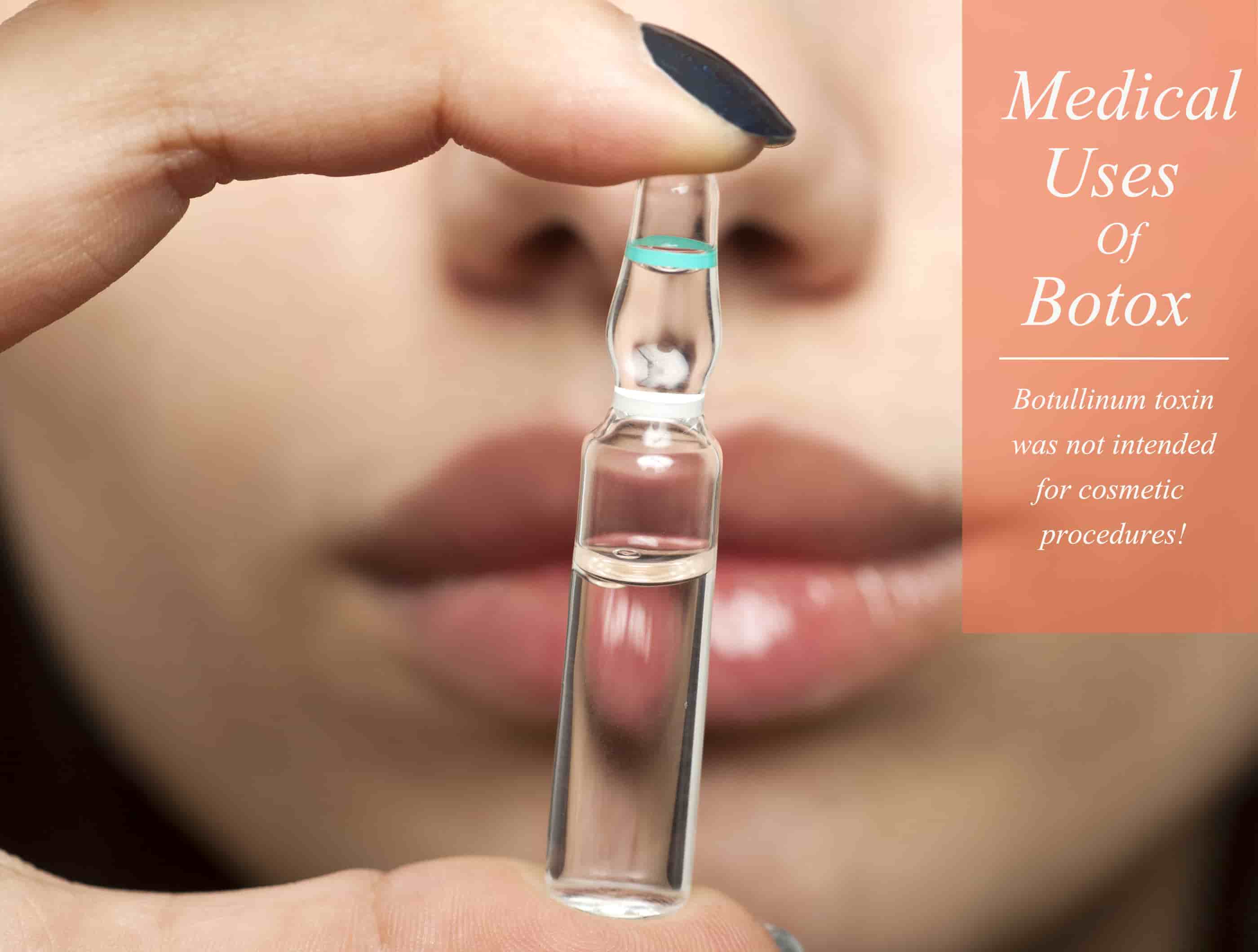
Botox, or botulinum injections, has undeniably been the most popular minimally invasive plastic surgery procedure to date. Celebrities, as well as people from all walks of life, have tried this procedure and the results speak for themselves.
But did you know that Botox was never intended for cosmetic use? The first application of botulinum toxin was done by an ophthalmologist named Alan Scott who used the toxin to treat a patient suffering from double vision. At the time, no one had used Botox for human medical treatments yet.
In fact, botulinum is known as one of the deadliest toxins on the planet, so Dr. Scott and his patient were understandably apprehensive about using it as a treatment option. However, with 3 failed surgeries already attempted, the patient really had nothing to lose.
The outcome was a resounding success. Dr. Scott immediately realized the potential uses of botulinum in the medical field and sold the rights to Allergan in 1991. The pharmaceutical company then introduced botulinum toxin to the cosmetic industry and branded it as Botox.
To this day, Dr. Alan Scott who is now 83 years old is still more interested in the non-cosmetic uses of Botox and is still trying to find ways to use it in treating other forms of vision disorder.
Multiple Sclerosis and Muscle Spasms: Botox is effective in treating MS and muscle spasms by decreasing spasticity which helps prevent excessive involuntary muscle contractions and twitching. Common side effects to keep in mind are muscle weakness and, very rarely, flu-like symptoms.
Migraine: Botox is approved by the National Health Service (NHS) in the UK as a treatment option for migraines. The Medicines & Healthcare products Regulatory Agency (MHRA) have found scientific evidence that Botox is an effective preventative treatment for adults with chronic migraines.
Excessive Sweating: Botox injections are effective in treating hyperhidrosis or excessive sweating in the armpits, hands, feet and face. The toxin works by blocking signals the brain sends to sweat glands and essentially eliminates sweat from the treated areas of the body.
Elbow Pain: Also known as tennis elbow, this condition is common among professional tennis players and is caused by repetitive wrist and arm motions. Botox can be used to mitigate pain but may decrease strength and cause difficulty in moving the fingers. This is still very much a trial treatment and requires further testing to produce more concrete data on its effectiveness.
Tremors: Unrelated to Parkinson’s disease, essential tremor is a nerve disorder that causes uncontrollable shaking of various parts of the body such as the head, voice, arms or legs. Botox has been found to be especially effective for treating vocal and head tremors.